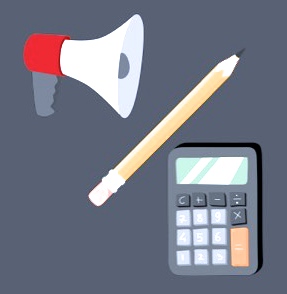By Dr. Ken Broda Bahm:

In the long-running legal battle between mobile phone titans Apple and Samsung, the former just received a verdict of $539 million for the latter’s infringement of five design and utility patents. After spending days on the calculations, the San Jose jury returned an amount that seemed to be driven by calculations: exactly $533,316,606 for the design patents, plus an additional $5.3 for the utility patents. The overall verdict isn’t small potatoes, of course, but given that we are talking about millions of Android phones all over the world, it does end up adding up to much less than Apple was seeking, and only around half of what they were awarded at an earlier stage back in 2012.
Just two days earlier, on the other side of the country, there was another big jury verdict, in a very different kind of case. In Clayton County, Georgia, 12 jurors awarded a billion dollar verdict to an individual Plaintiff who was raped when she was 14 years old by a security guard. Hope Cheston, now 20, shared that she felt the attack had been “swept under the rug” and “no longer mattered.” The jury’s response was that it mattered, and they delivered that message in the only language they had available in that setting: dollars. Rather than trying to calculate an amount to compensate the Plaintiff, jurors wanted an amount that would gain attention for a message, even knowing that it would never be collected in full. As the victim put it, “This shows that people do care about the worth of a woman.”
These two verdicts, delivered the same week, highlight two different routes to a damages number in civil cases: Is it driven by math and aimed toward paying a bill that is due, or is it driven by the message and aimed at public attention? Sometimes it is a mixture of both.
There will naturally be limits on the appropriateness of different messages in different venues and before different judges. In most cases, the court’s instructions will come down on the side of treating damages as math rather than as message, and this is even true on items like pain and suffering that do not easily lend themselves to a calculated solution. The view of using damages to broadcast a message is formally limited to situations where the plaintiff is able to ask for punitive damages, where the goal is to send a message at least to the company. Jurors, however, do not recognize that hard and fast distinction. Instead, the functions of compensation and public punishment tend to blur and bleed together. The goal of sending a message can be a jury’s motivation, even on decisions that are supposed to be driven by math.
So, this is a good reason to pay close attention to language. I believe that in general terms, there is a language of math (focusing on compensation) and a language of message (focusing on broader communication), and lawyers should be conscious of which they are using in order to promote the frame that is best for the case. The table below provides some examples:
The Language of
|
The Language of
|
| Objectives:
· To pay back what was lost or taken · To meet expenses · To make it right |
Objectives:
· To respond · To let the defendant, field, or world know · To make it clear
|
| Actions:
· Calculate · Add Up · Work Through · Estimate
|
Actions:
· Communicate · Answer · Reinforce the consequences · Feel |
| Results:
· The right answer · The balance set back to zero · The bills being paid |
Results:
· The fair outcome · A better workplace, marketplace, or field · The victims having a voice
|
Other Posts on Damages:
- Consider How Jurors Arrive at Damages Numbers: In Stages and With Difficulty
- Make Your Damages Numbers Meaningful
- Mind the Gap: Stop Jurors From Jumping Straight From Liability to Damages